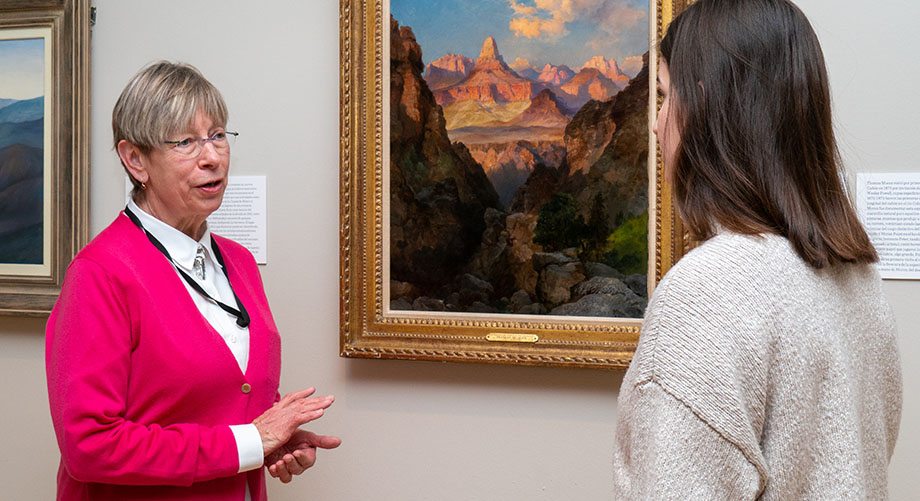With Betsy Fahlman, you’ll start the journey through photography’s history at the very beginning.
“We know when it started. It was announced in France in 1839. We don’t know when painting was invented, we don’t know when sculpture was invented, but photography is essentially a modern medium that transformed how artists work,” she says. “And it took a long time before photography was accepted as a fine art equal to that of painting and sculpture.”
Fahlman, a specialist in European and North American art history whose research spans the late 19th century to 1945, is particularly focused on female artists, American modernism and the history of art in the American Southwest, including Arizona.
What makes the History of Photography course special
With the breadth of topics covered in ARS 250, Fahlman believes the class will strengthen students’ overall education, even those who aren’t art majors, because the learnings have universal implications.
“For instance, students interested in the Pre-Raphaelite Brotherhood will learn about the photographers who were part of it, such as Julia Margaret Cameron. And if students are interested in the history of technology, they’ll enjoy learning about the various photographic processes that were developed over the years,” she says. Case in point: the photographic process called daguerreotype. Did you know that it was dangerous? You actually needed to heat mercury vapor to create the image!
What you’ll get out of ARS 250
“If you’re going to work in a very contemporary medium, like video or digital photography, you
really need to know what happened before you came on board so that you have a sense of history,” Fahlman says. “The class is a constant history of technology.”
Fahlman also hopes the class will help students absorb and analyze images in our highly visual era.
“Photography is omnipresent. Everybody takes pictures with their iPhones,” Fahlman says. Studying the history of photography teaches you how to think critically about all of this imagery.




